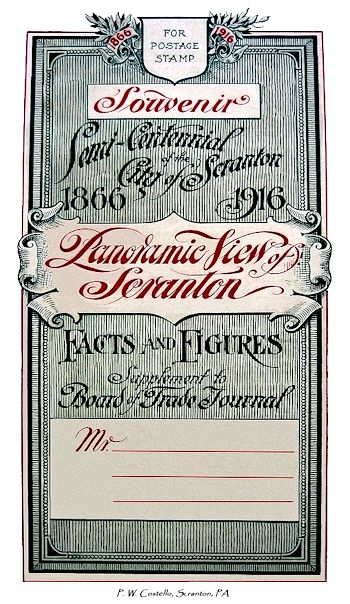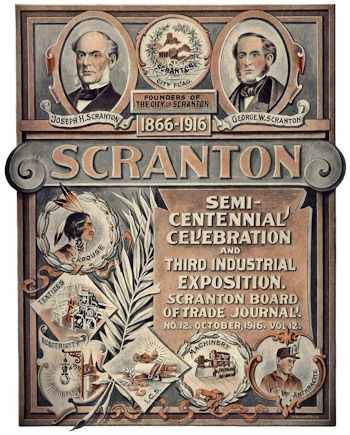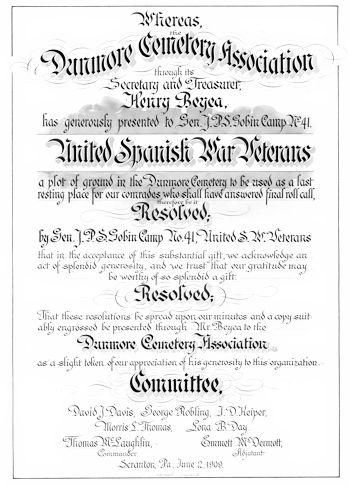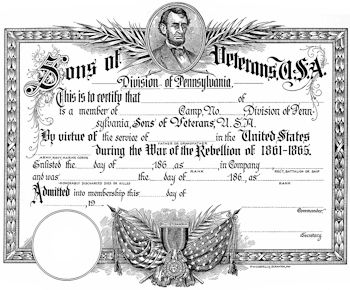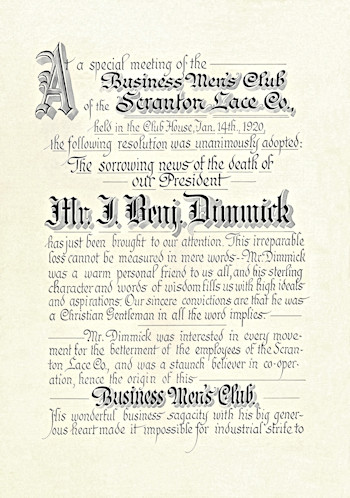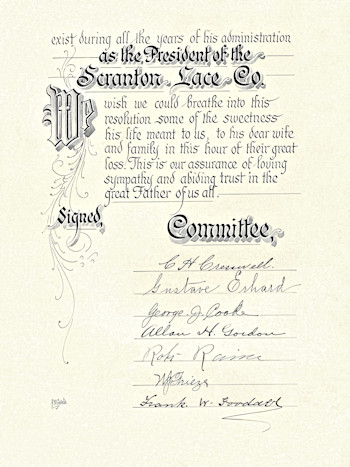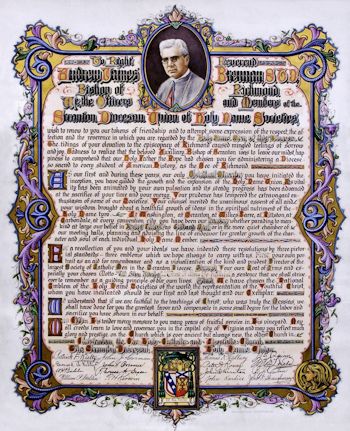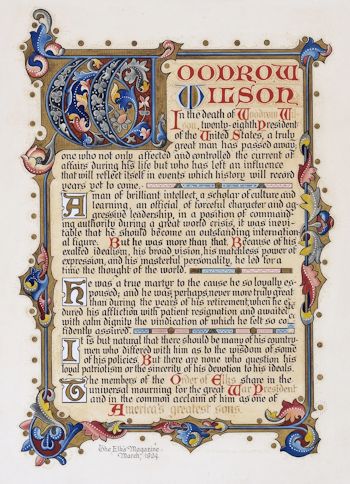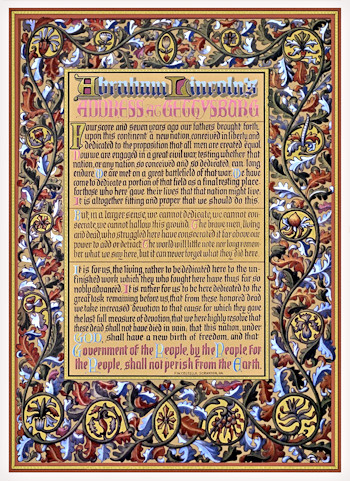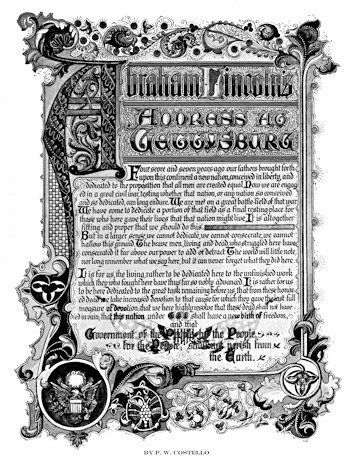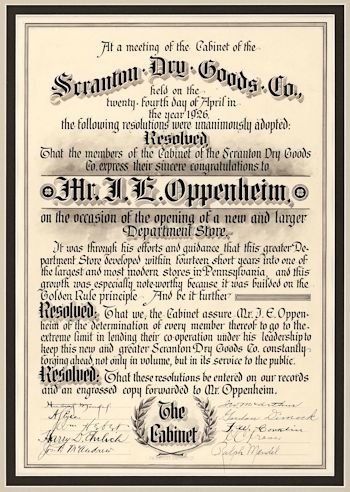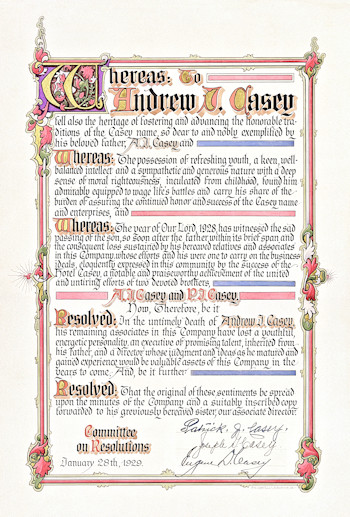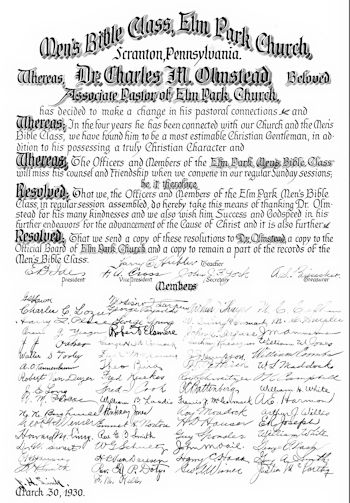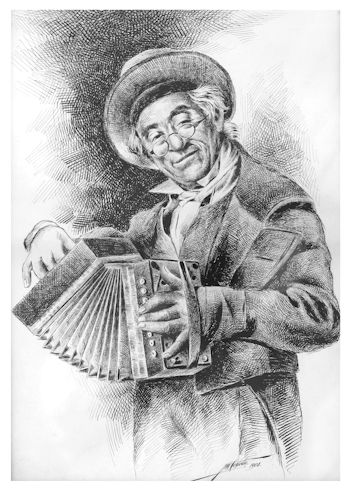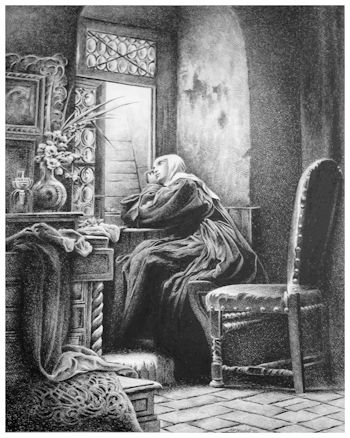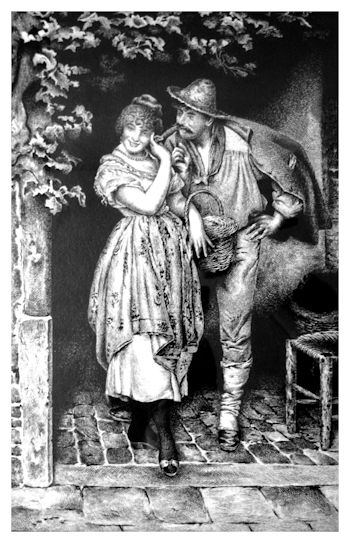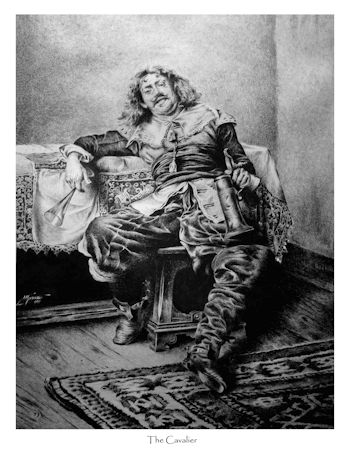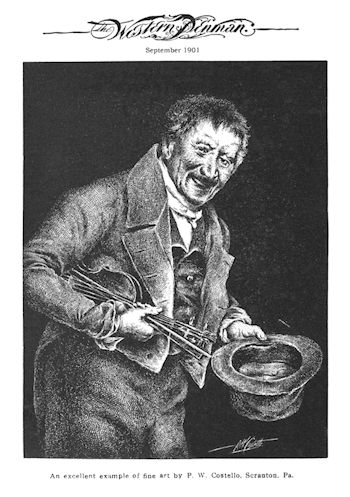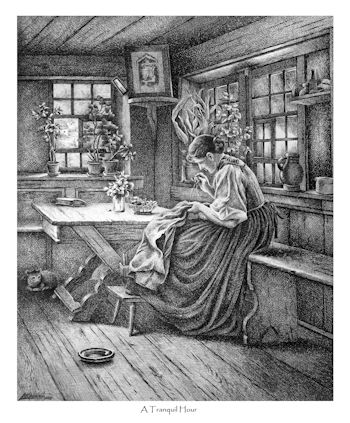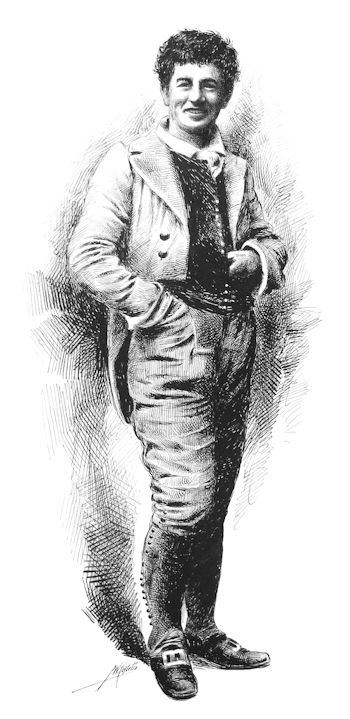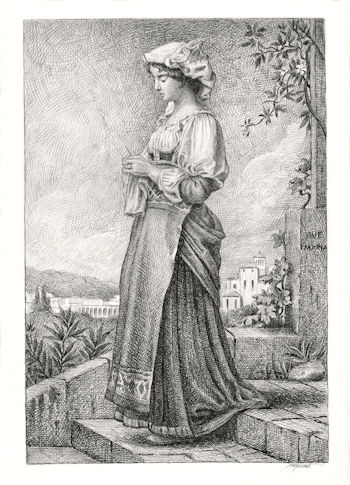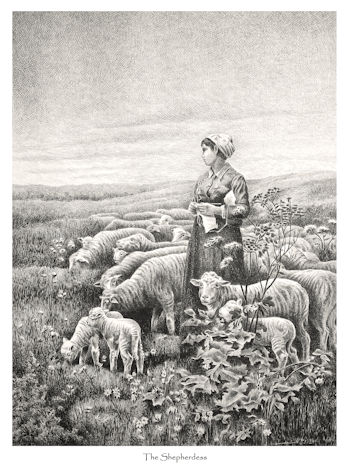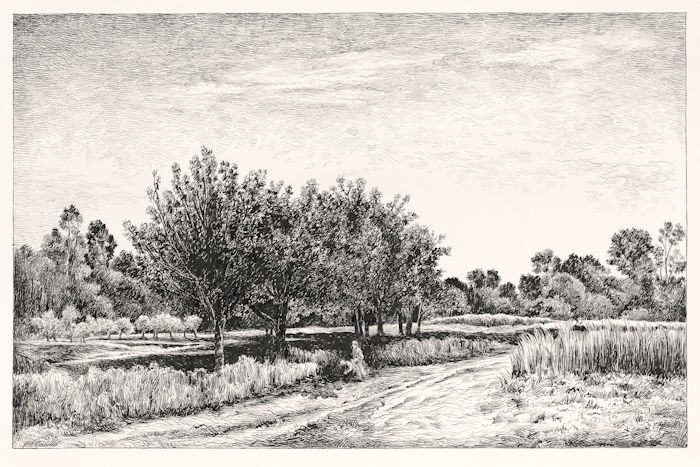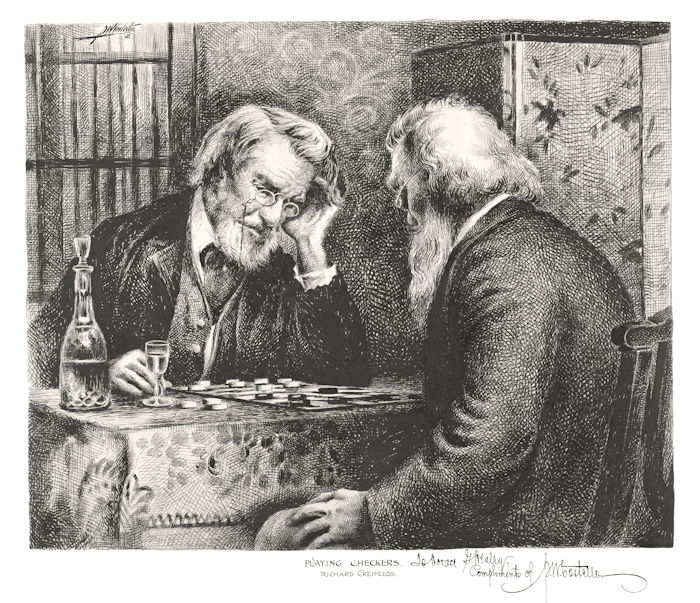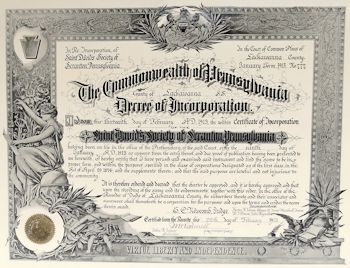
Image courtesy of the Lackawanna Historical Society
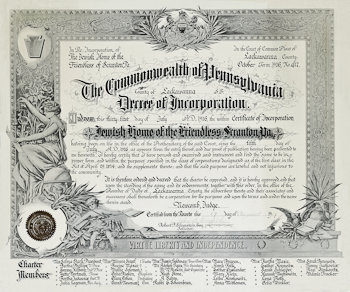
The Jewish Home for the Friendless, Scranton, PA, is now called The Jewish Home of Eastern Pennsylvania. The facility was originally located on Harrison Avenue, but is now at the corner of Vine St. and Clay Ave., on the site of William Connell's home.
Charter Members:
| Mrs. Selma
Stark, President Bertha Phillips, V. Pres. Emma Kilberg, 2nd V. Pres. Yetta Dorfman, Treas. Bertha Judcovics, Asst. Tr. Julia Legman, Rec. Secy. Mrs. Minnie Siegel, 1 Trustee Breine Mazur, 2 Trustee Mollie Solomon, 3 Trustee Celia Riskin, Chaplain Clara Cohen, Initiating Com. Sarah Newman, Initiating Com. Mrs. Bessie Goldman, Door Com. Mr. Adolph Ganz, Fin. Secretary B.N. Riskin, Asst. Organizer |
Hugh Stone A. Sahm Rabbi E. Schoenbrun, Mrs. Mary Braven, Anna Folk, Esther Ouslander, Mary Klein, Leiba Herskowitz, Anna Mittleman, Mrs. Bertha Mazie, Esther Horowitz, Sarah Schleider, Hannah Mechlowitz, Lena Roth, Celia Winkler, Mrs. Sarah Benowitz, Fanny Judkovics, Regi Simkovitz, Mamie Trucker. |
Transcribed Text:
In Re: Incorporation of The Jewish Home of the Friendless of Scranton, PA
In the Court of Common Pleas of Lackawanna County, October Term, 1916, No. 417
The Commonwealth of Pennsylvania
County of Lackawanna, S.S.:
Decree of Incorporation
And Now, this thirty-first day of July, A.D., 1916, the within Certificate of Incorporation
Jewish Home of the Friendless of Scranton, PA,
Having been on file in the Office of the Prothonotary, of the said Court, since the fifth day of July, A.D., 1916 as appears from the entry thereof, and due proof of publication having been presented to me, herewith, I hereby certify that I have perused and examined said instrument and find the same to be in proper form, and within the purposes specified in the class of corporations designated as of the first class, in the Act of April 29, 1874, and the supplements thereto; and that the said purposes are lawful and not injurious to the community.
It is therefore ordered and decreed that the charter be approved, and it is hereby approved, and that upon the recording of the same and its endorsements, together with this order, in the office of the Recorder of Deeds of Lackawanna County, the subscribers thereto and their associates and successors shall thenceforth be a corporation for the purposes and upon the terms and under the name therein stated.
Newcomb, Judge.
Certified from the Records this 17 day of August 1917
John B. Griffiths
Robert P. Silverstein, Esq., Prothonotary, Solicitor
 Lackawanna
County, Pennsylvania, USGenWeb
Lackawanna
County, Pennsylvania, USGenWeb
